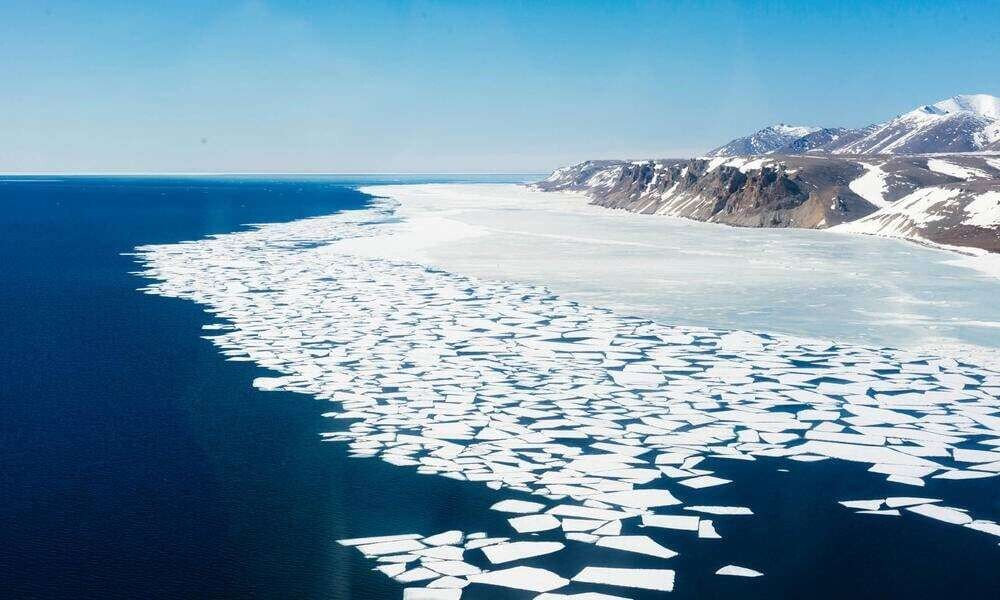
Global sea ice coverage reached a historic low in February 2025, according to the European climate observatory Copernicus. Temperatures in the Arctic region exceeded 11°C above average, in a context of persistent global warming. On February 7, global sea ice recorded a minimum extent of 16.04 million square kilometers, marking an alarming record.
This phenomenon occurred during the third warmest February on historical records, with an average temperature of 13.36°C, 0.63°C above the average for the period 1991-2020. Additionally, temperatures were 1.50°C higher than preindustrial averages, prior to 1850-1900.
Samantha Burgess from the European Centre for Medium-Range Weather Forecasts highlighted that the melting of sea ice is one of the most serious consequences of rising global temperatures. She explained that the reduction of ice at both poles brings global coverage to historic lows, which accelerates global warming by allowing more solar energy to be absorbed by the dark ocean instead of being reflected by the ice.
In February, sea ice coverage in Antarctica was 26% below average, while in the Arctic, ice coverage remained 8% below normal. Experts warn that this trend has long-term consequences for global climate, communities, and economies.
Simon Josey, a professor of Oceanography at the UK National Oceanography Centre, expressed his concerns about these changes, noting that the reduction of sea ice is a sign of profound climate alterations in both the Arctic and Antarctica.














